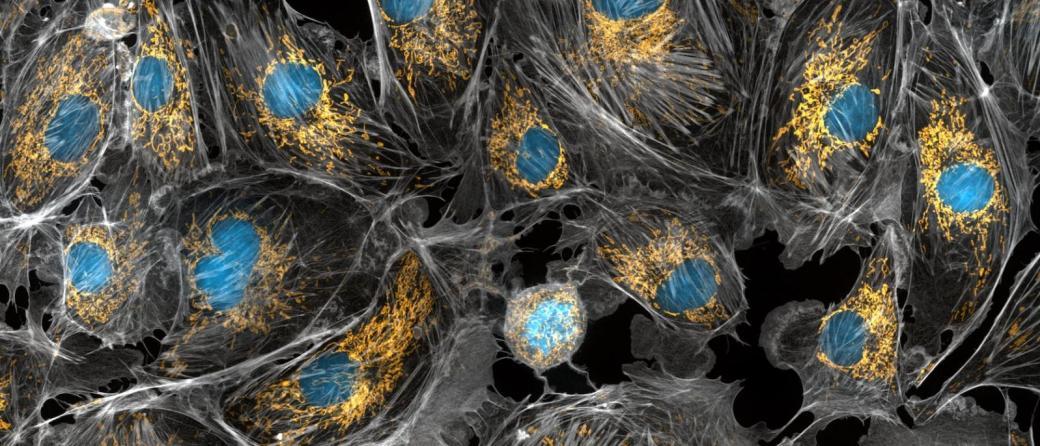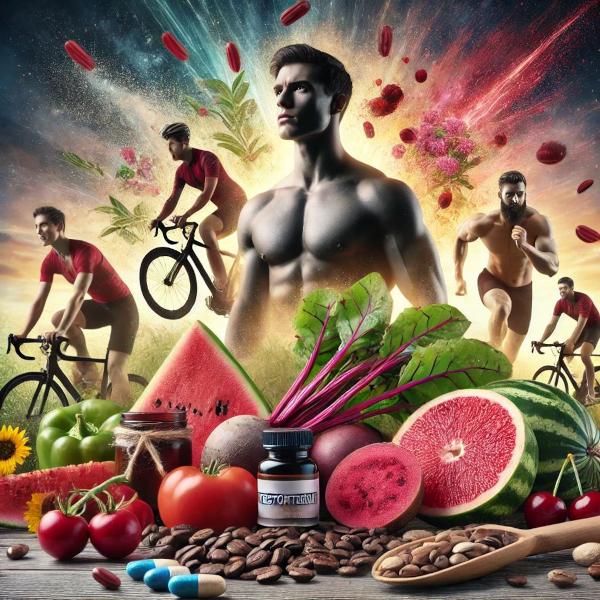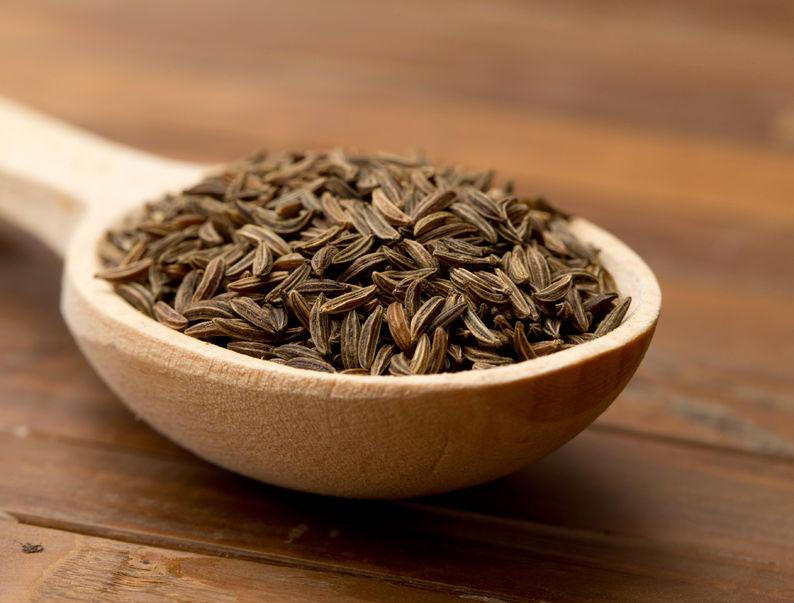Autophagy is a normal biological process. In cancer, autophagy has a dual role: It can both inhibit or promote cancer. Autophagy has a powerful role in the prevention of cancer by stopping cancerous growths. However, it can be stimulated by stressors such as nutrient deprivation and certain strategies.
1 | A Plant-Based Diet Ketogenic Diet
The ketogenic diet is powerful for stimulating autophagy. This is one of the mechanisms that makes the ketogenic diet effective for fighting cancer.
The ketogenic diet is a high healthy fat, low carbohydrate, and low to moderate protein nutrition plan. This pattern of eating lowers blood sugar and insulin levels. The body adapts by burning body fat and dietary fat, rather than sugar, for fuel. By lowering insulin, the ketogenic diet induces autophagy.
The ketogenic also diet puts cancer cells at an energetic disadvantage by depriving them of their preferred fuel source, glucose. Ketones are by-products of fatty acids that are a more efficient source of cellular energy. They produce significantly more energy per molecule than glucose with much less metabolic waste. It is like putting clean fuel into your body rather than the dirty fuel produced by burning glucose.
While the ketogenic diet is powerful for stimulating autophagy, the best nutrition plan to combat cancer would combine a plant-based diet with the ketogenic diet. A plant-based diet can be potent to fight cancer because numerous plant compounds have been shown to act on different pathways in the body to downregulate cancer growth.
2 | High-Quality Protein
A plant-based ketogenic diet is a low protein diet. However, consuming high-quality protein is important for balancing out the benefits of autophagy with proper building mechanisms for a strong, healthy body.
The best sources of protein are organic, grass-fed, pasture-raised meats, dairy, and wild-caught fish. Nuts, seeds, and legumes are plant-based sources of protein which can also be used.
Another excellent source of protein is eggs from pasture-raised, organic chickens. Eggs provide a wide array of nutrients including carotenoid antioxidants, vitamins D, E, and K, fatty acids EPA, DHA and CLA, choline, and lecithin. Sources of easily digestible protein are bone broth and collagen protein. A vegan protein powder with pea, hemp, chia, or rice protein is good to add if you are avoiding or limiting animal protein sources.
Daily protein consumption on an anticancer nutrition plan should be lower than for a healthy, active individual or someone dealing with an autoimmune condition other than cancer. A higher amount of protein can overstimulate the mTOR pathway and IGF-1 which are inhibitors of autophagy.
To reduce the mTOR pathway and IGF-1 expression, it is important to consume around 0.5 gram of protein per kilogram of body weight. For example, a 160-pound person would consume only about 36 grams of protein per day. With fast-growing tumors, it may be helpful to restrict all protein for an extended period to stop the mTOR pathway.
3 | Intermittent Fasting
In addition to the ketogenic nutrition plan, intermittent and extended day fasting is a great way to stimulate autophagy. Fasting is a biological stressor that will help slow down mTOR and IGF-1 expression, improve AMP-K expression, and stabilize the p53 gene.
In addition to stimulating autophagy, using intermittent fasting strategies can boost the immune system, improve genetic repair mechanisms, improve insulin sensitivity, and reduce the risk of chronic diseases. For anyone new to fasting, start with a simple fast of 12-14 hours for 1-2 weeks and see how your body adapts and responds.
Ramping up your intermittent fasting and doing a 16-18 hour daily fast with a weekly 24-48 hour fast can also be a great weekly stimulator of autophagy to keep the body cleaned up. The key with intermittent fasting is that when you are in your eating window, you want to eat well and until you are fully satiated. When you are in your fasting window, it is best to avoid consuming any calories to get the best benefits of autophagy.
Extended fasting is the most powerful way to enhance autophagy mechanisms. Autophagy ramps up to a very high level by day 3-4 when the body has gone through all its glycogen stores and is dependent upon breaking down body fat and cellular proteins for energy. Many experts, including Dr. Thomas Seyfried, believe that doing a 5-7-day water fast every year will activate enough autophagy to prevent cancer throughout the course of one’s life.
4 | Optimize Vitamin D Levels
Vitamin D3 is a key hormonal inducer of autophagy. Vitamin D signaling can modulate autophagy throughout different mechanisms. There is also evidence that vitamin D exerts anti-tumor effects by regulating key mediators of apoptosis.
Vitamin D deficiency has been linked to an increased risk of cancer. The ideal range for vitamin D levels is between 50-80 ng/ml. D3 is the biologically active form of vitamin D and is more potent in raising and maintaining vitamin D concentrations than D2.
Vitamin D3 is created in your skin in response to sun exposure. You should aim to get 15-20 minutes of sun exposure daily. The best dietary sources of vitamin D are wild-caught salmon and fatty fish, cod liver oil, grass-fed butter and raw cheese, egg yolks, mushrooms, and beef liver.
5 | Heat and Cold Exposure
Short bursts of intense heat and cold exposure promote autophagy mechanisms. Rapid temperature changes are a major stressor on our bodies. We must adapt quickly to get back to balance and homeostasis.
Rapid temperature changes can be used strategically as a hermetic stressor to boost autophagy. Autophagy is how our bodies adapt to the temperature changes, making us stronger and more resilient individuals.
Great ways to activate this mechanism is to exercise outside in the heat of summer or use steam or infrared sauna regularly. For cold adaptation, finishing your shower with 1 minute of the coldest temperature possible is fantastic. You can pump your arms and legs to boost circulation and feel-good compounds such as serotonin, dopamine, and endorphins.
6 | Prioritize Sleep
Good sleep is critical for optimal health. People with poor sleep habits, insomnia, and long-term night shift work have an increased risk of early-onset chronic disease development.
Our sleep cycle and circadian rhythm are intimately tied to autophagy. Autophagy is regulated in part by light and dark cycles. It is rhythmically activated in a clock-dependent manner.
To optimize sleep, be sure to follow an anti-inflammatory diet and balance your blood sugar levels. Additional strategies for better sleep are getting sunlight during the day, avoiding artificial light, blacking out your room with blackout curtains or using a sleep mask, and forming healthy sleep habits. Turning off electronics, practicing good hygiene, stretching, practicing gratitude, journaling, prayer, and being smart about caffeine intake are also strategies for good sleep.
7 | Use Anti-Inflammatory Herbs
Herbs are natural autophagy inducers. They have tumor suppressive actions which may lead to cell senescence, increased apoptosis-independent cell death, or complement apoptotic processes.
Using herbs along with fasting and the other strategies in this article can help to optimize autophagy mechanisms in the body. Many herbs contain unique plant compounds called polyphenols. Polyphenols act to suppress the mTOR pathway and activate the AMPk pathway to induce autophagy.
The top 6 herbal and food compounds for autophagy are:
- Quercetin – red onions, cranberries, and elderberries
- 6-Shagaol – ginger
- Curcumin – turmeric
- Resveratrol – blueberries, grapes, and red wine
- ECGC – green tea, oolong tea, and dark chocolate
- Citrus bergamot – bergamot orange, earl gray tea
- Carnosic acid – oregano, sage, and rosemary
Curcumin has powerful antioxidant, antimicrobial, immunomodulatory, anti-tumor and anti-inflammatory properties. It has been shown to induce autophagy, prevent the spread of tumors and support apoptosis (cell death). Curcumin can target cancer stem cells to aid in preventing the recurrence of cancer.
8 | Consume Green Tea and Coffee
Green tea contains EGCG and quercetin, two powerful anticancer compounds. These compounds act as powerful antioxidants that upregulate AMPK activity, inhibit IGF-1 and the mTOR pathway, and protect the p53 gene. Through these mechanisms, green tea has been shown to inhibit cancer cell growth and promote cancer cell apoptosis.
Green tea also helps to promote the production of the antioxidants glutathione and superoxide dismutase (SOD). These antioxidants drastically lower inflammation in the body.
Consuming coffee is associated with the inhibition of several metabolic diseases and a reduction in mortality. One of the health-promoting benefits of coffee is the ability to trigger autophagy. It contains multiple polyphenols which have been shown to induce autophagy. Coffee has been shown to stimulate autophagy for one to four hours after consumption.
Both caffeinated and decaffeinated coffees are associated with improved health and trigger autophagy. Be sure to purchase high-quality, organic coffee as conventional coffee has very high levels of pesticides.
9 | Drink Apple Cider Vinegar
A fantastic tonic to drink during your fasting window is apple cider vinegar (ACV). ACV contains acetic acid, a compound which helps to boost your metabolism and burn body fat.
Drinking ACV can help you feel full longer and reduce your appetite. It helps to slow digestion when paired with starchy foods. This helps to stabilize your insulin levels and make you feel full while digesting. Try 1-2 tablespoons in water before meals or as a morning primer. You can also add ACV to your soups, stews, and other foods.
10 | Perform Resistance and High-Intensity Interval Training
High-intensity exercise creates intermittent stress to stimulate autophagy. Performing high-intensity interval training (HIIT) and resistance training while fasting also has the benefit of promoting fat burning and improving mood and mental focus.
Exercise in a fasted state helps to increase the autophagy signaling mechanism. When you train while fasting, your body senses that it needs more nutrients to produce energy. As muscle cells are damaged during exercise, the body breaks down and rebuilds cellular material.
HIIT and resistance training also stimulate human growth hormone (HGH). This creates an environment that favors autophagy, fat burning, and muscle tissue repair and preservation. This boost is greater when fasting. A great strategy is to work out in the morning or mid-day on a 12-16+ hour overnight fast.
https://nexusnewsfeed.com/article/health-healing/10-ways-to-jumpstart-autophagy-for-cancer-protection/






